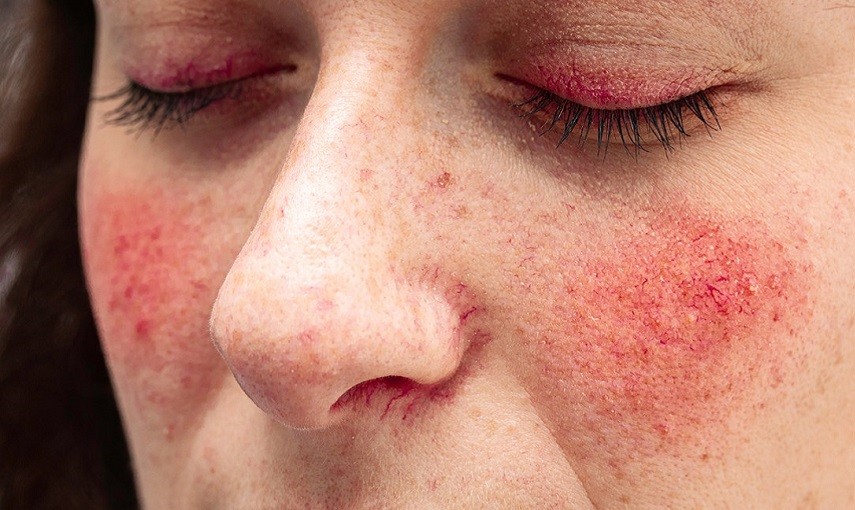This is revealed by the results of two phase III studies on patients with inflammatory lesions.
A 5% microencapsulated benzoyl peroxide cream has been shown to be effective in the treatment of rosacea. After 12 weeks, the cream significantly improved theskin inflammationwith a halving of the lesions after just two weeks.
Findings are described from two phase III studies in patients with inflammatory rosacea lesions presented this week.Hawaii Dermatology Seminar. As you remember Julie Harperformer president of theAmerican Acne and Rosacea Society, the pharmacological control of the disease is not simple. The drugs that work for muzzle e pustules are not effective against redness, while those useful for redness do not work for telangiectasia.
Treatment options for papules and pustules include ivermectin, metronidazole, azelaic acid, sodium sulfacetamide/sulfur, modified-release doxycycline, minocycline foam, and 5% microencapsulated benzoyl peroxide. The options forpersistent background erythema they include brimonidine and oxymetazoline, as well as treatments using devices such as pulsed dye laser, KTP laser, intense pulsed light, and electrosurgery.
In particular, the 5% microencapsulated benzoyl peroxide cream seems particularly effective, so much so that it is approved by the Fda (Food and Drugs Administration) for the treatment of inflammatory lesions of rosacea in adults. In the two studies, patients treated with microencapsulated benzoyl peroxide achieved a 68.8% reduction in inflammatory lesions at 12 weeks (including 42.5% at week 2), compared with 38%-46% in those treated with only vehicle.
“A common drug like benzoyl peroxide is playing a key role in rosacea, although I don’t know by what mechanism of action Harper said.. It could relate to the presence of a bacterial pathogen, perhaps Staphylococcus epidermidis, and it appears that benzoyl peroxide has an impact on Demodex, a mite in the Demodicid family, so perhaps this is the main way it works.”.
An important feature of the cream seems to be its own speed of actionso much so that already in the second week there was a 42.5% reduction in lesions. “The characteristic of this formulation is the microencapsulated active ingredient wrapped in a silica shell Harper remarked.. The shell slows down the release of the drug on the skin and we think this is due to the better tolerability demonstrated”.
Linda Stein Golddirector of clinical research and division head of dermatology at theHenry Ford Health System di Detroitrecalled that, prior to the approval of this formulation, benzoyl peroxide had never been considered a first-line treatment for rosacea: “The problem is that the conventional formulation is irritating to the skin, while the silica shell encapsulation allows for a slow and constant release of the drug in a very controlled way. It is exceptionally effective in keeping rosacea under control. In clinical studies, the cream improved the skin irritation patients had at baseline.”.
Nurse Times editorial team
Stay up to date with Nurse Times, follow us on:
Telegram – https://t.me/NurseTimes_Channel
Instagram – https://www.instagram.com/nursetimes.it/
Facebook – https://www.facebook.com/NurseTimes. NT
Twitter –
